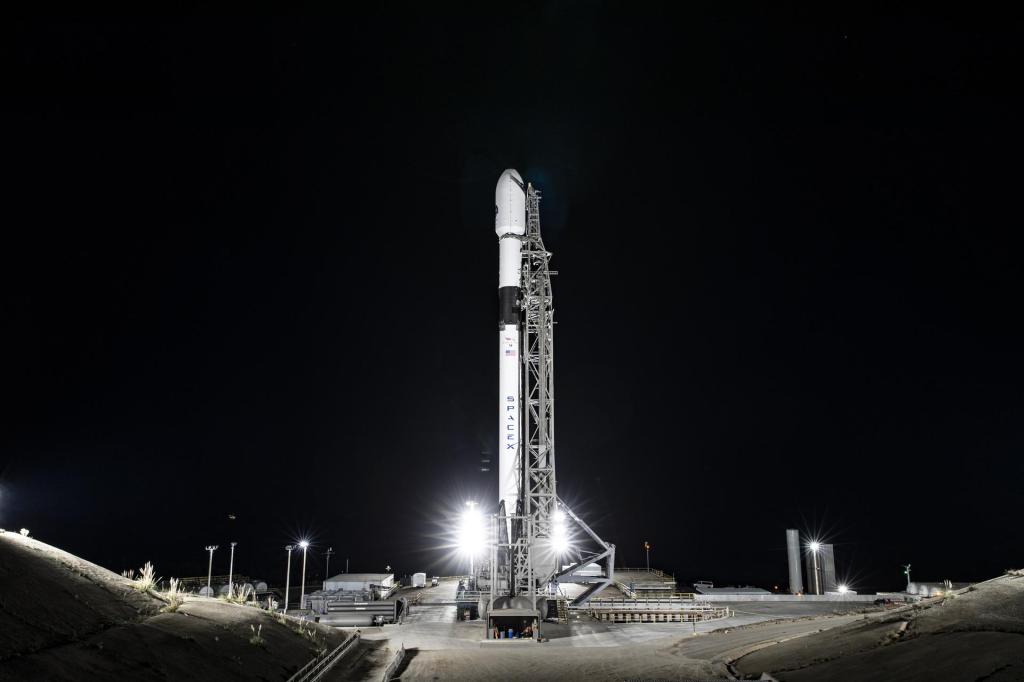
As part of the Artemis missions, NASA’s Orion spacecraft will carry the first woman and first person of color to the Moon and return them safely back to Earth. Orion will sit atop the most powerful rocket in the world, NASA’s Space Launch System, to launch humans to deep space. An integral part of ensuring astronaut safety is Orion’s launch abort system that can pull the crew module away from the rocket in a split-second if an emergency arises during launch.
Orion’s launch abort system sits over the Orion capsule, and the abort function is powered by a solid rocket motor on the abort tower. The abort maneuver resembles the action of an “eject button” for a crew capsule. The abort motor produces hot, turbulent, high-speed exhaust plumes that flow along the sides of Orion. These plumes create intense pressure waves that can cause vibrations in the combined structure of the launch abort system with the Orion spacecraft as it is pulled away from the rocket. NASA researchers analyze these vibrations to ensure the system doesn’t shake itself apart in flight.
An abort could be triggered at any stage during launch or ascent to space. Altitude, speed, direction, and orientation of the rocket constantly change during ascent. These factors affect the strength and extent of the acoustic vibrations the motor’s plumes generate during an abort. The abort system will need to perform under extremely different conditions.
Researchers at NASA’s Ames Research Center in California’s Silicon Valley are using their cutting-edge computational fluid dynamics software called LAVA (Launch, Ascent, and Vehicle Aerodynamics) to predict and better understand how different abort scenarios – from the launchpad to the edge of space – will affect vibration levels. The Ames team performed three simulations of the launch abort vehicle that flew on NASA’s Ascent Abort-2 test. In each simulation, abort happened under circumstances different from NASA’s Ascent Abort-2 flight test. In one scenario – early in the flight – abort occurred at low altitude while traveling close to the speed of sound where the rocket’s orientation is misaligned with its direction of flight. In another simulation, the abort triggered later in the flight while the rocket is still at low altitude but traveling faster than the speed of sound. A third scenario studied the last opportunity to abort before reaching space where the rocket was traveling though thin air at very high altitude at nearly five times the speed of sound.
These simulations were performed on NASA’s Aitken and Electra supercomputers. These computational fluid dynamics predictions help reduce uncertainty for abort scenarios that are difficult or too expensive to test, like the high altitude near-hypersonic abort, further helping to reduce risk and ensure the safety of astronauts. The technology is helping advance NASA’s missions by making it possible to run tests in a supercomputer at lower cost and with faster turnarounds before flight, ultimately making NASA exploration systems safer.
NASA showcased 39 of the agency’s exciting computational achievements at SC21, the international supercomputing conference, Nov. 14-19, 2021, in St. Louis, Missouri. For more technical information, visit: www.nas.nasa.gov/SC21.





























